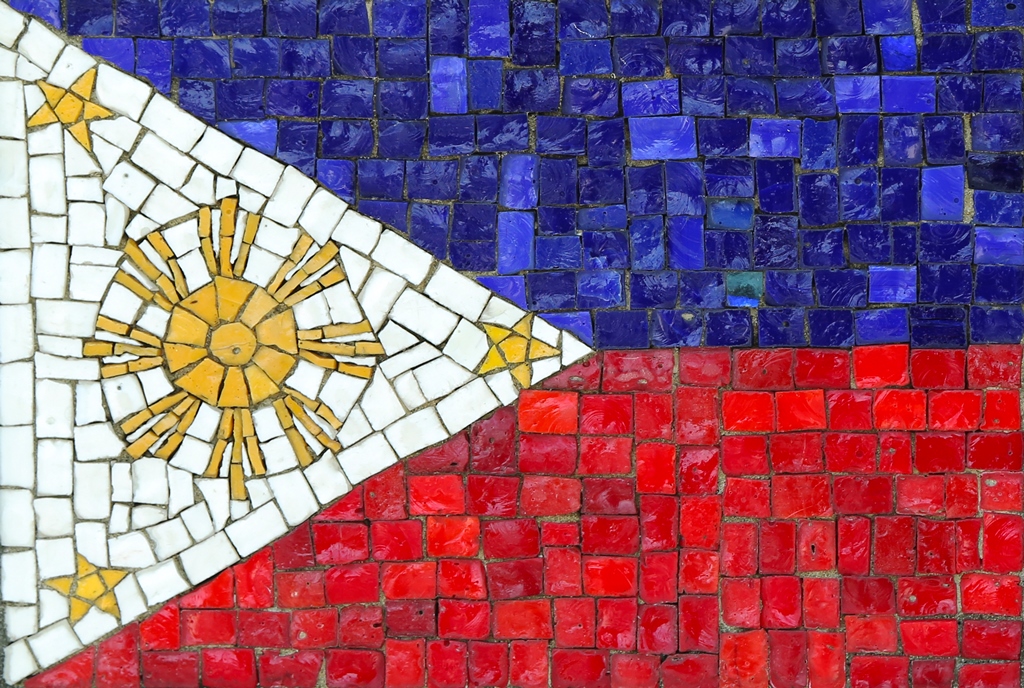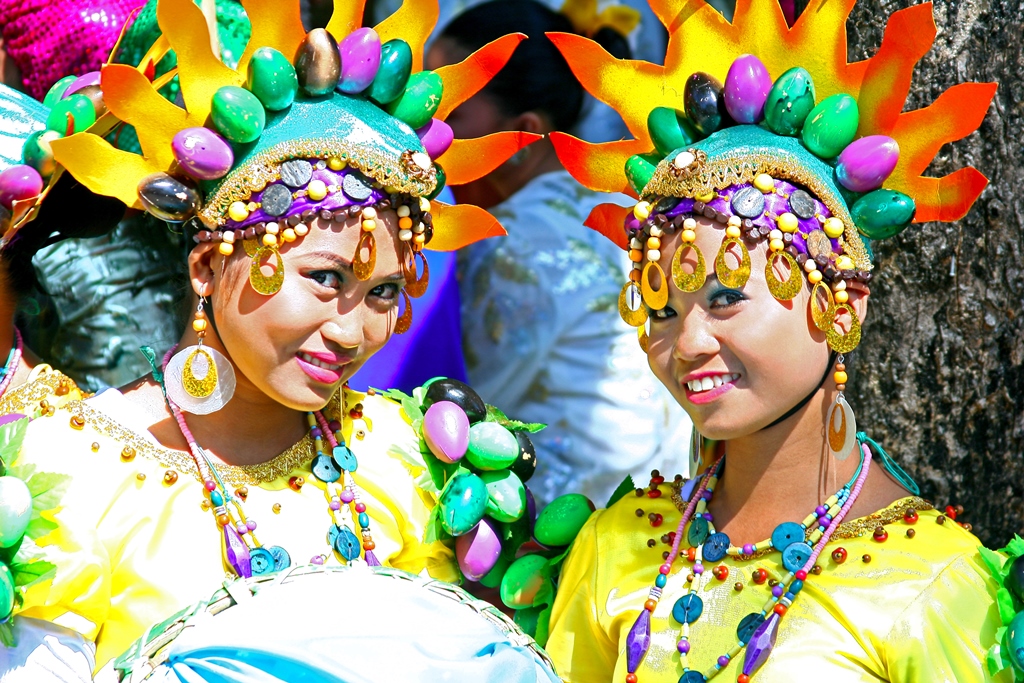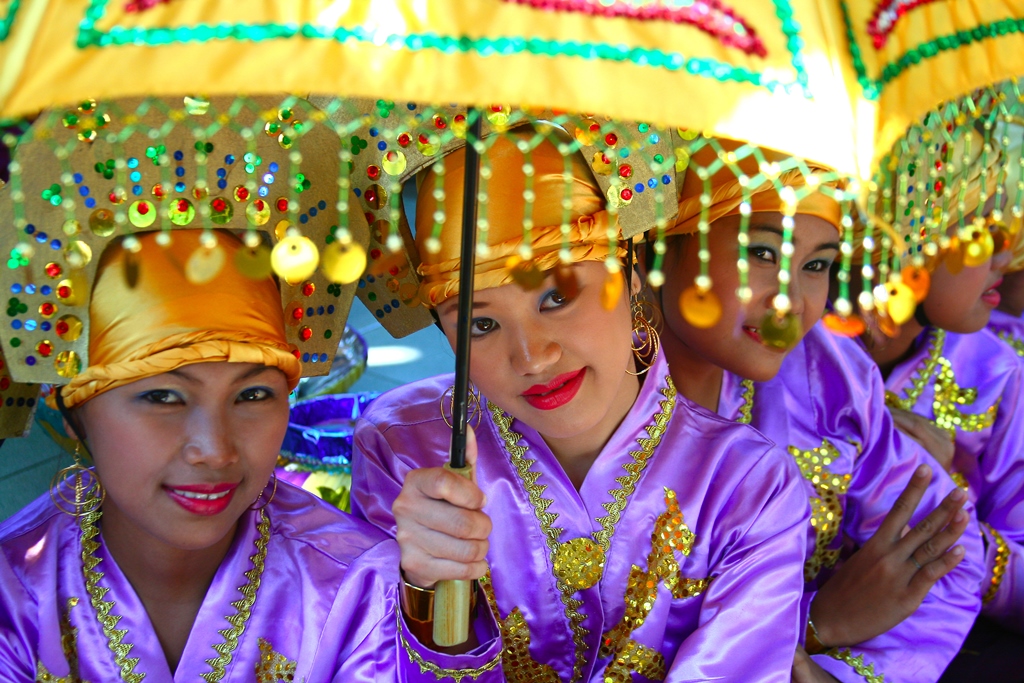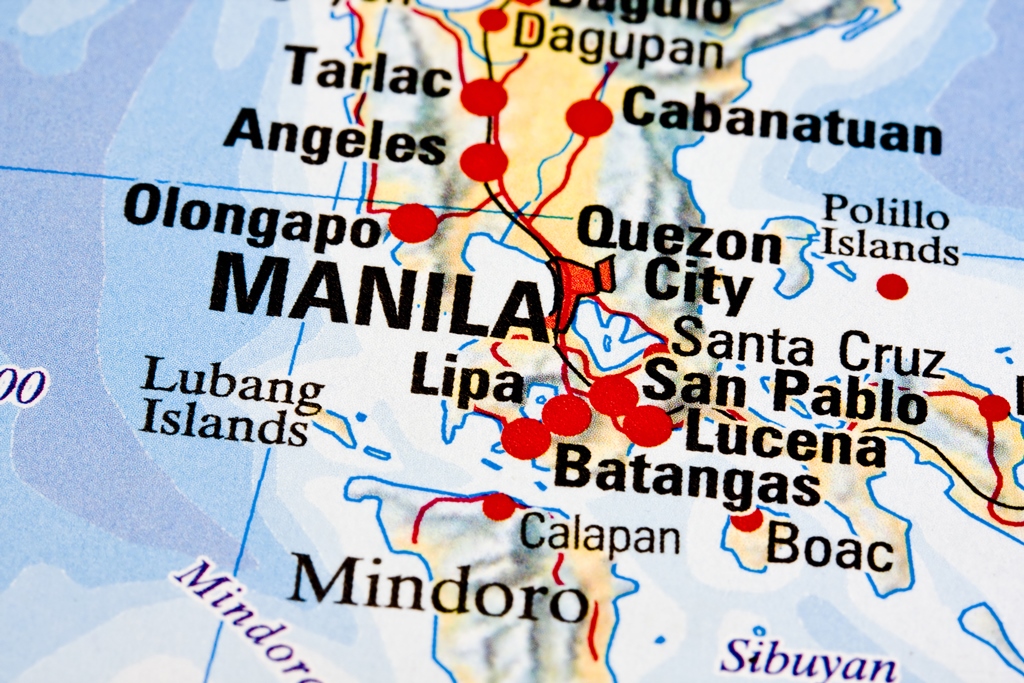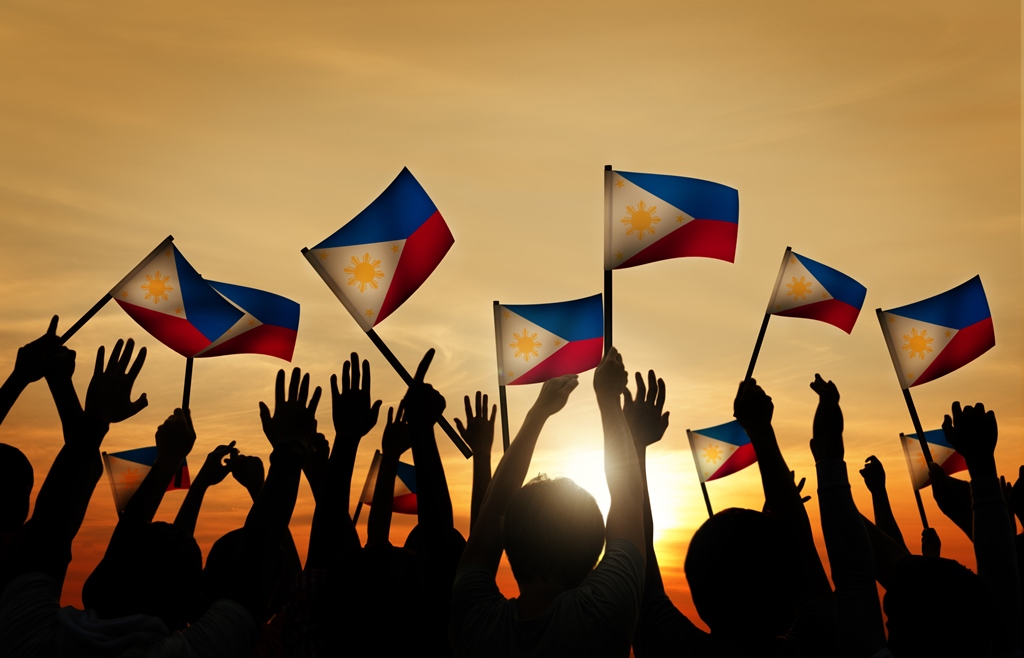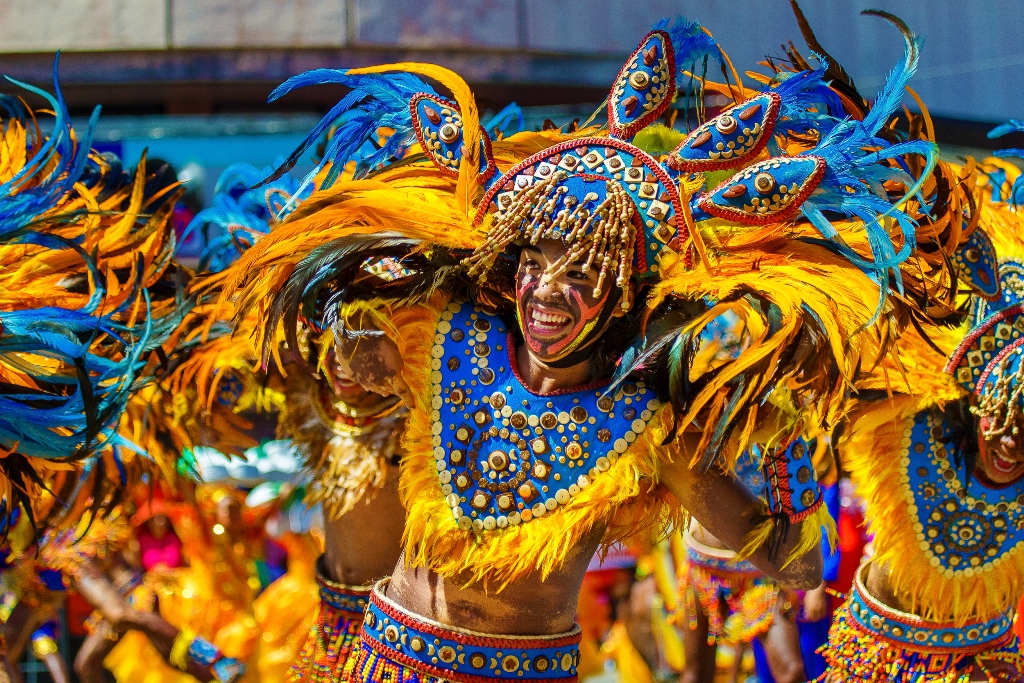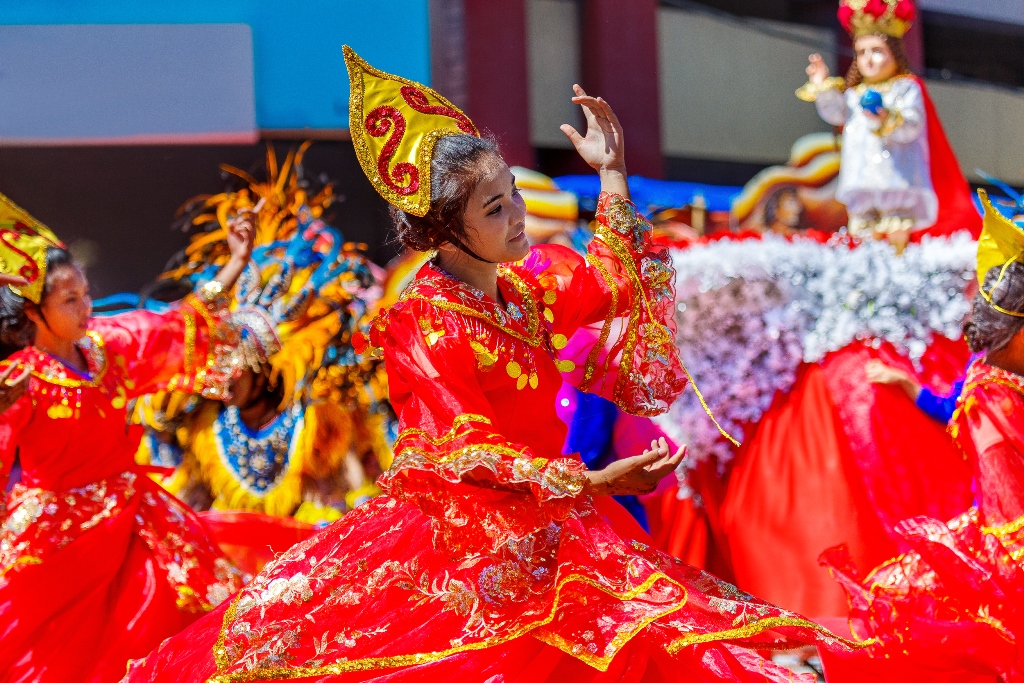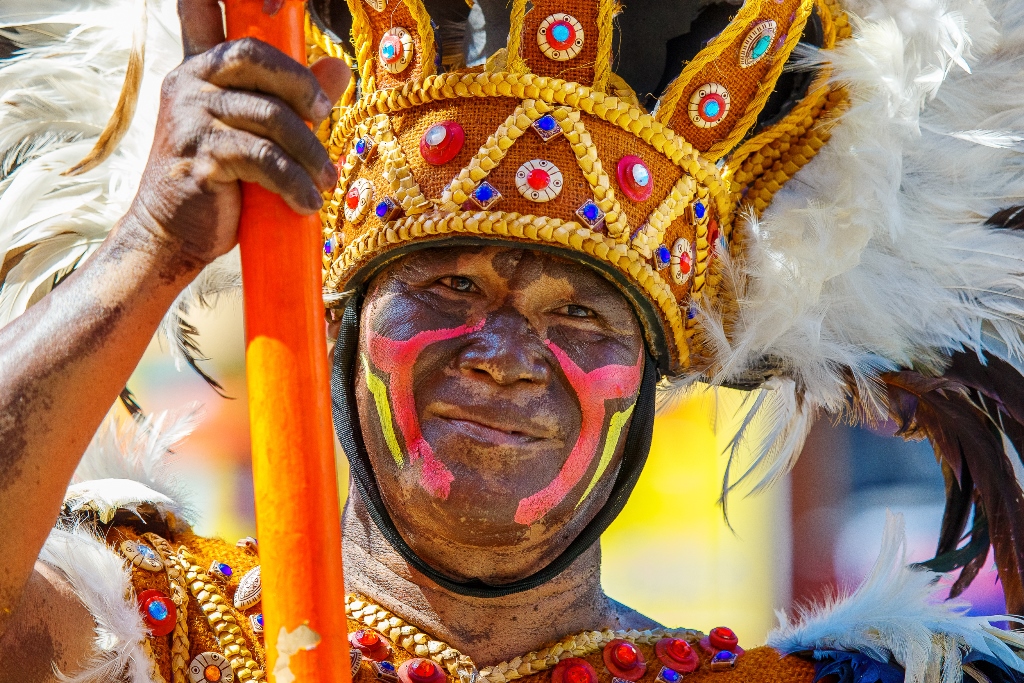Why advertise or invest in the Philippines?
Forget what you thought about the Philippines. Many imagine the Republic of the Philippines as a sleepy nation deluged in an agrarian culture and mindset, filled with largely empty resorts which line its lazy shores. To others, it’s simply a nation which serves as a haunt for the military and merchant marines. This skewed notion of the Philippines, often perpetuated by the media, is long dated.
Prior to the appearance of any Western influences, the Philippines had been known regionally as a prized market rich in resources, one in which futures and riches could be made if given the proper sense of applying oneself. It is chronicled by several Japanese historians of note that their tradesman and adventurers had sailed south along the coast of China in search of new markets ages ago, eventually making their way to the Philippines, where they would in fact find fortune prior to Japan’s state of isolation which came with Tokugawa rule. At approximately the same time, Chinese would flood in to capitalize on the markets and resources of the Filipino nation, evidenced to this day by the architecture found in sections of the city, as well as residents of Chinese ancestry who remain to this day. In fact, today more so than ever, Chinese, Koreans, and Japanese alike continue to pour in to do business with the Philippines. It begs the question, is there an opportunity those in the West and elsewhere may have discounted or dismissed altogether? Perhaps it’s worth a second look to anyone interested in making their own place in the nation and world. The Philippines has been a bastion of Western culture since the days of Spanish colonialism, its first university established by the West even before the creation of renowned Harvard University. Governed by the United States of America following the victory of the US in the Spanish-American War, the Philippines ties with the West only grew stronger and at an accelerated pace. Occupied briefly by the Japanese during WWII, the Philippines persevered and remained strong in its ties with the West. Some posit the occupation only helped cement the connection of the Philippines with the West. In fact, the tightness of this relationship is evidenced by only 2 languages in the nation of islands being recognized as official, one of course being Tagalog, and the other English! Approximately 76% of Filipino nationals understand English. This, coupled with a strong culture of education, has proven irresistible to those in search of affordable, reasonable, skilled labor. Consequently, nations worldwide have flocked to the Philippines in droves to capitalize on one of its chief resources, its people. The end result, a nation of employed nationals with expendable income. Post 2000, the Philippines experienced a renaissance of its own socially, culturally, and economically. With a newfound stability in its Federal Government, coupled with the clear increase in expendable income, new and greater choices were made available to the Filipino peoples, and businesses from abroad stormed in to capitalize on its newfound wealth. Indeed, any visitor to the proud nation of the Philippines can attest to the city skylines of hubs such as Cebu, Davao, and Manila, each filled with newly built high rises of steel and glass, while somehow managing to preserve their element of colonial charm in pockets, as well as their own unique culture. Open markets are abundant in the Philippines, as are the introduction of goods from around the world by aforementioned nations competing for the business of Filipino consumers in mega complexes of sophisticated malls and the amply stocked stores found within. Some of these global giants include, but are not limited to, chains such as McDonald’s, Burger King, Pizza Hut, KFC, Krispy Kreme, and retailers of equal stature such as Lucky, Wrangler, Levis, and Calvin Klein, in addition to auto makers filling the boulevards with high end vehicles such as Mercedes Benz, BMW, Lexus, Audi, Honda, Toyota, Ford, and many more. Should the local or tourist care to do so, whatever his desire or need, the solution to his wont can easily be found within a stone’s throw of newly built homes in sprawling neighborhoods, or the abundant hotel leviathans springing up throughout the bustling districts of the city and their adjacent suburbs. All of these are tangible proof of the nation’s new wealth. So why invest or advertise in the Philippines? The answer is simple, to prosper by capitalizing on the Filipinos drive to live lives similar to or greater than that of their neighbors of similar stature, or even those of repute in the West. From its shoreline promenades to its deepest pockets and retreats, in the new environment of democratic and individual freedoms, the Filipino peoples have proven they are willing to put their purchasing power into action.

Facts
3 of the top 10 largest shopping malls worldwide are found in the Philippines
A potential market in excess of 100,000,000
At least 76% of Filipinos have an understanding of the English language
A population which is 80% Christian, but welcomes the freedom of worship such as Islam
12th most populated nation in the world
Annual growth rate of 2%
English is recognized as one of 2 national languages, the other being Tagalog
Universities are abundant, predating the establishment of Harvard by 41 years
2nd largest geothermal producer after the US
Considered the texting capital of the world


